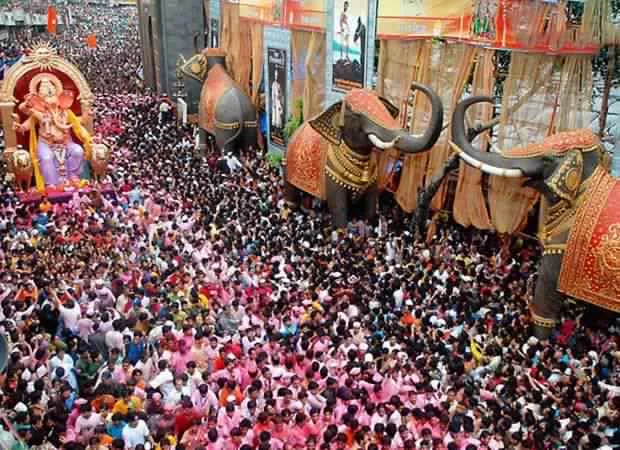There’s one Indian god whose jolly images and representations are not likely to be missed by anyone. Anywhere you go, you’re sure to find yourself looking at Lord Ganesha, the famous elephant headed god. Ganesh Chaturthi is celebrated in honour of the birth of Lord Ganesha. He is said to have been born on the fourth day of the first fortnight ‘Shukla Chaturthi’, of the Hindu month of Bhaadrapada, which coincides with August-September. Ganesha Chaturthi is a ten days long celebration that ends on the fourteenth day of the same fortnight ‘Anant Chaturdashi’.
Lord Ganesha is probably the most loved and favoured god in the entire Hindu pantheon. He is believed to be the god that creates and removes obstacles. He’s the god of wisdom, intellect, beginnings, and patron of sciences and arts. Lord Ganesha is famous for his elephant head, his jolly and portly visage, and entertaining stories. There are many popular legends and stories associated with Ganesha that make people celebrate the festival in his honour. He is also the god that is worshipped before all others

Ganesh Chaturthi – Rituals and Food
Months before the festival, artisans begin making statues and idols of Lord Ganesh in various ways. These idols range in size from a couple of centimetres to as large as 70 feet. Artisans strive to create elaborate and unique idols, which are then painted and decorated ornately.

In the southern states of Andhra Pradesh, Telangana, and Kerala, many items are made for Ganesh Chaturthi. Other than modaks and laddus, there are undrallus (steamed and grained rice flour balls), vadapappu (soaked mung lentils/ green gram), panakam (a flavoured drink with jaggery, cardamom, and black pepper), and chalivadi (cooked mixture of jaggery and rice flour). It’s a time for feasting on delicious food.
